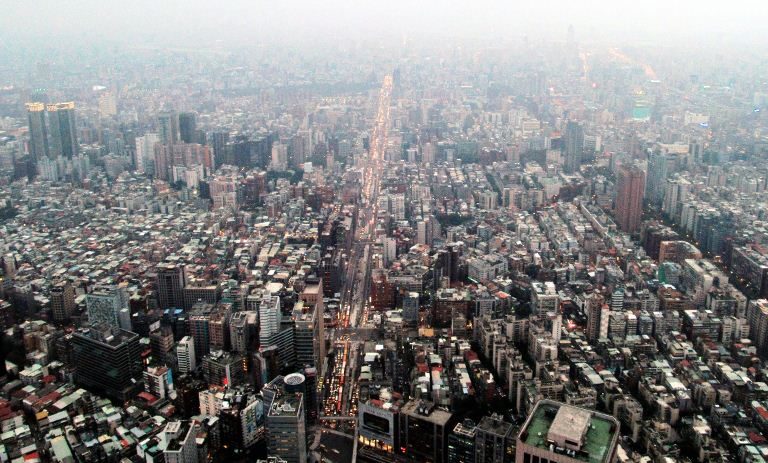
This past week two important economic reports came out showing just how strong of a case is to be made about the future downtown of Tysons. While the visual characteristics of Tysons is anything but urban or reflective of traditional commercial business districts, it is economically a clear case of a downtown that is booming. What is about to occur in Tysons is the transformation of a hidden economy into the physical form.
For a primer, let’s first look at an interesting study performed by the Smithsonian and summarized by Tested Magazine (an off branch of the Myth Busters online website). Essentially, the city that people see is really a mathematical representation of the wealth and production of the urban core. In other words, the gross regional product of a region can be correlated to the quality and value of the urban core’s development value.
What does any of this have to do with Tysons and Fairfax?
For a long time Tysons and Fairfax have been a good place for business. How good? Based on Fortune Magazines 2012 economic report, most notably known for the Fortune 500 list, Fairfax’s 10 Fortune 500 companies had the same economic productivity as the entire country of Ireland in 2012, at $211 billion.
This follows a separate quarterly report posted by Fairfax County Economic Development Authority which showed the county added over 1400 corporate jobs in the first quarter of this year; representing a 0.2% increase in total jobs, and a 0.6% increase in corporate positions.
That is all good news for Fairfax, and taking a closer look shows that Tysons has been a major epicenter for the growth. Over 300 of the new positions were directly located in Tysons and 9 out of the 10 Fortune 500 companies located in Fairfax are headquartered within a 3 mile radius of Tysons.
The fundamentals remain strong in both Tysons and Fairfax County as a whole for continued growth. Unlike prior periods in the growth of the city, future growth will be guided by a logical master plan. This will help avoid the sprawl which has made Tysons anything but an urban physical representation and focuses that growth to be better integrated into the community and better connected to the county.
The commercial productivity and economy is already in place, which is the hardest urban element to create. What is going to occur in Tysons, unlike many urbanization revitalization projects around the Country, is based firmly in a business environment which can support the additional development.


